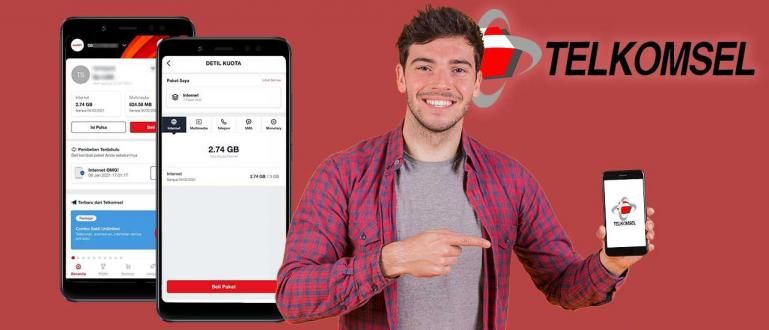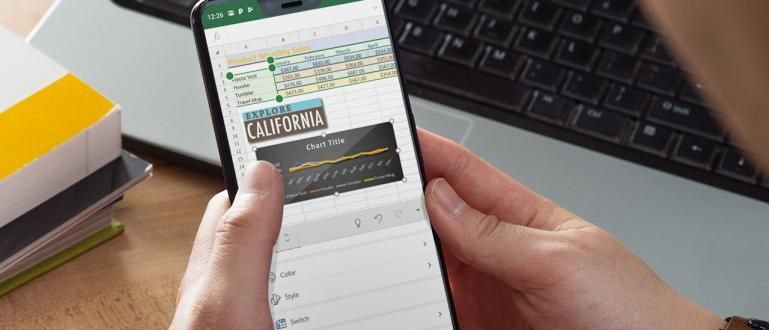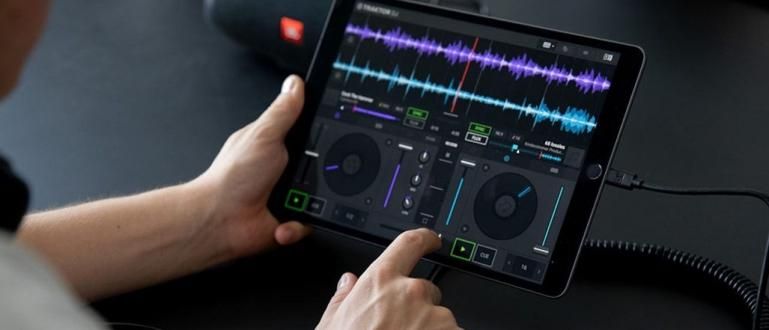An easy way to make Android support otg or other languages, your Android can support usb otg to make it easier to transfer files quickly.
Do you often take photos with your Android phone and want to move them to flash drive quickly? Well, some Android phones that already support OTG can directly transfer image, video, data files from Android phones to Android phones flash drive.
You can check whether your Android supports USB OTG or not. However, for those of you who have an Android phone but not yet support OTG we have a solution to make Android support OTG. It's easy how. Come on, see the steps!
- 14 Unique USB OTG Functions That You May Not Know, Not Just Reading Flashdisks!
- How to Check If Your Android Already Supports USB OTG or Not
- IMPORTANT! This is the difference between USB OTG and USB Host
How to Make Android Support OTG

OTG is short for On The Go. Intent of on the go itself is a specification that allows USB devices such as digital audio players or cell phones to act as host, and allows other USB devices such as USB flash drive, digital camera, mouse, or keyboard can be installed on the Android smartphone.
So, what are the benefits of this OTG? For more details, you can check this article: 10 Unique Functions of USB OTG Cables Apart from Reading Flashdisks. The most important OTG function is that you can quickly transfer data from Android phone to Android phone flash drive directly. Here are the steps on how to make Android support OTG.
1. Make sure your Android Phone is Rooted

The first thing you should do is make sure your phone isroot. You can check how to root an Android phone. Function root This Android is that you can add, subtract or modify files on your Android smartphone. In addition, you can also make customizations such as maximizing the work of your Android smartphone, doing overclock your Android processor or even remove unnecessary default apps.
2. Install the USB Host Check Application

The next step is to install the application USB Host Check. This USB Host Check application is useful for checking if your Android smartphone is Android support OTG or not. Because there are several cell phone brands that actually hardwareit's not support OTG.
3. Check Availability of File Named "android.hardware.usb.host.xml"

After successfully installing the USB Host Check application, if a message appears "It appears that USB Host supports is not enable on this device. A fix attempt can be performed", that means the files needed for Android to work support OTG doesn't exist. The file in question is named android.hardware.usb.host.xml. If it doesn't exist, you have to create the file using the application notepad or it could be with notepad ++.
4. Create File First android.hardware.usb.host.xml

You can create this file by using the application notepad on the computer later select Save As android.hardware.usb.host.xml. Note that the filename extension must be .xml, and the file type must be All files, because we have to pay attention to how to make your android support usb otg properly and correctly.
5. Enter this Code in the File Created

Include the following code in the file you created earlier:
6. Move Files to Your Smartphone

Move files android.hardware.usb.host.xml to your Android smartphone in the folder etc/permissions. Folders permission this is important so that you gain access to create Android support OTG. You can use Root Explorer app to move the android.hardware.usb.host.xml file.
7. Reopen the USB Host Check Application

After moving the next file, reopen the USB Host Check application and select "re-check". If there is really no problem, then everything will be ticked green, which means the Android phone that you are using is already support OTG.
Safe! Now your smartphone already supports OTG without root and these Android tips are successful by using it on an ASUS smartphone. Well, if you have made Android support OTG you can more easily and quickly transfer data, files, images, and videos to other storage media.
That was the way to make Android support OTG. This method requires you to do root on your Android smartphone first. If you are confused to do root, you can see a tutorial on how to root an Android smartphone. Well, how did you succeed? Share your experience in the comments column yes!









